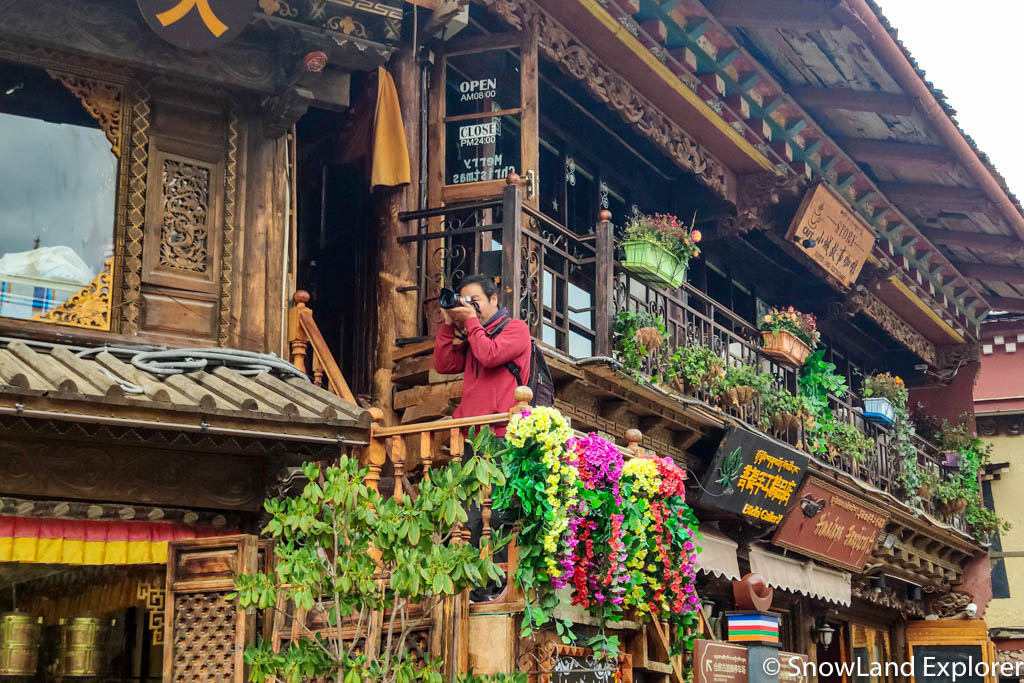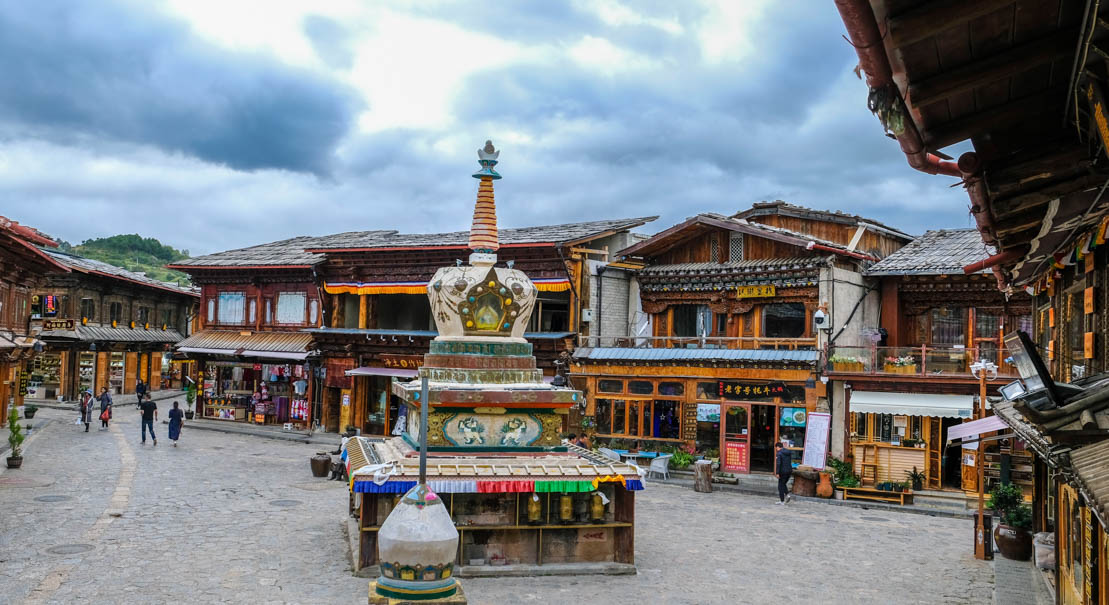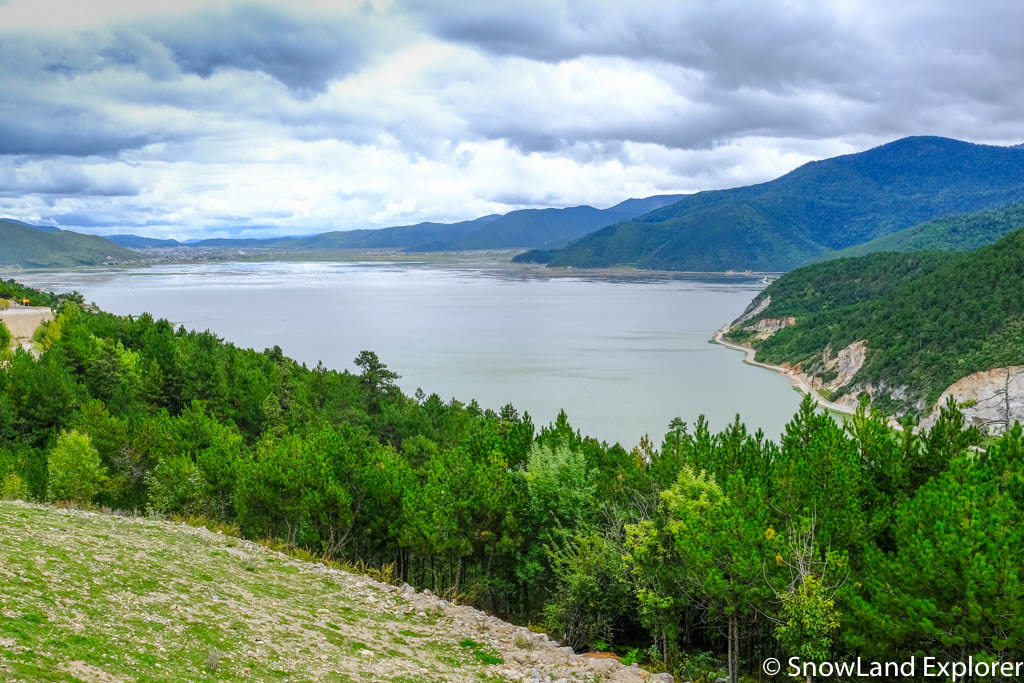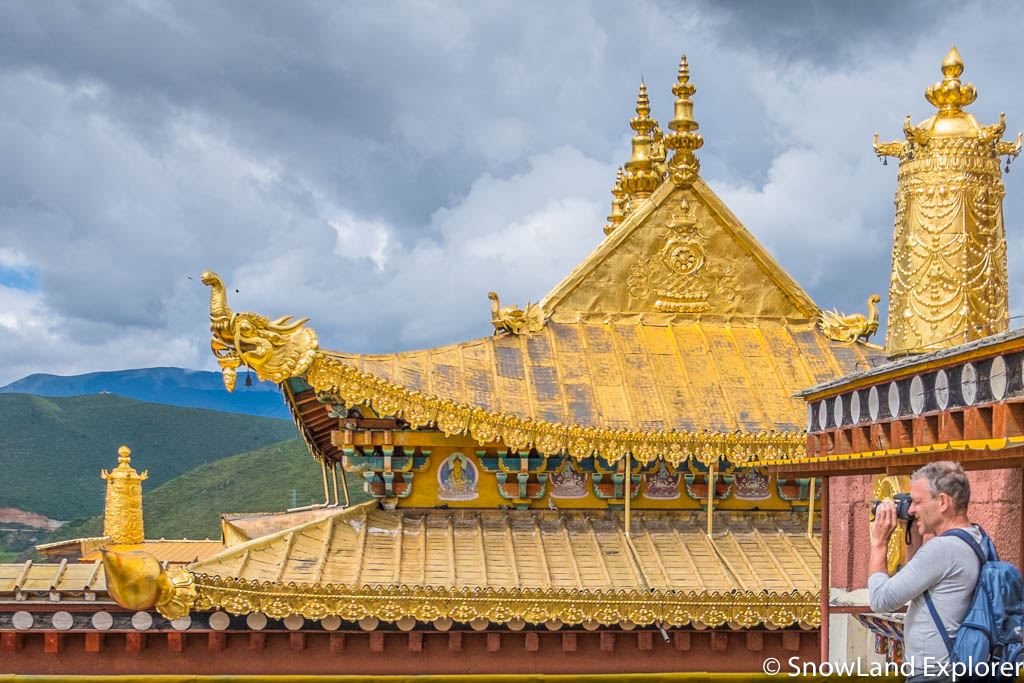-
Can't Find Answer? Ask Us
-
Upcoming Tours
-
Contact Us
+86-0971-8163350
+86-186-9724-0150
info@snowlandexplorer.com -
Travel Tips
-
Newsletter
Shangri-la
Shangrila is densely populated area, bounded on the west, south, and east by the bending course of the Yangtze, and comprising the wide fertile plain of the Gyetang Chu, a major tributary of Yangtze. Both the county and prefectural capitals are located at Shangri-la, 184km from southeast of Dechen, and 194km northwest of Lijiang.
Shangri-La was formerly called Zhongdian County, but was renamed on 17 December 2001 and upgraded into a county-level city on 16 December 2014 as Shangri-La after the fictional land of Shangri-La in the 1933 James Hilton novel Lost Horizon, in an effort to promote tourism in the area. The Tibetan population refers to this place by its traditional name Gyalthang or Gyaitang, meaning “Royal plains”

Shangrila is densely populated area, bounded on the west, south, and east by the bending course of the Yangtze, and comprising the wide fertile plain of the Gyetang Chu, a major tributary of Yangtze. Both the county and prefectural capitals are located at Shangri-la, 184km from southeast of Dechen, and 194km northwest of Lijiang.

The Gyethang region prospered over the centuries since it commended the trade routes between east Tibet and Burma, Yunnan and northeastern India. Brick tea from Yunnan, and the raw silk and cotton from British India were particularly valued. The main tourists area and the most attractive part of the town is Dokar Dzong old town, there are several restaurants and guesthouses, and stores selling jewellery, ethnic arts and textiles, traditional Khampa dancing takes place every evening at the moonlight square.

The most important site in within the valley is Gyethang Suntseling monastery, which is the largest Tibetan Buddhist complex in the prefecture, currently housing 600-700 monks, located some 8km from the city on a isolated ridge, known as guarding hill, it has the appearance of a small monastic town, the monastery was originally constructed in 1681 on the advice of the fifth Dalai lama, and it was traditionally composed of an assembly hall flanked by eight residential colleges, seven of which have now been rebuilt.

.jpg)
-2.jpg)


.jpg)
.jpg)
.jpg)
.jpg)
.jpg)
.jpg)